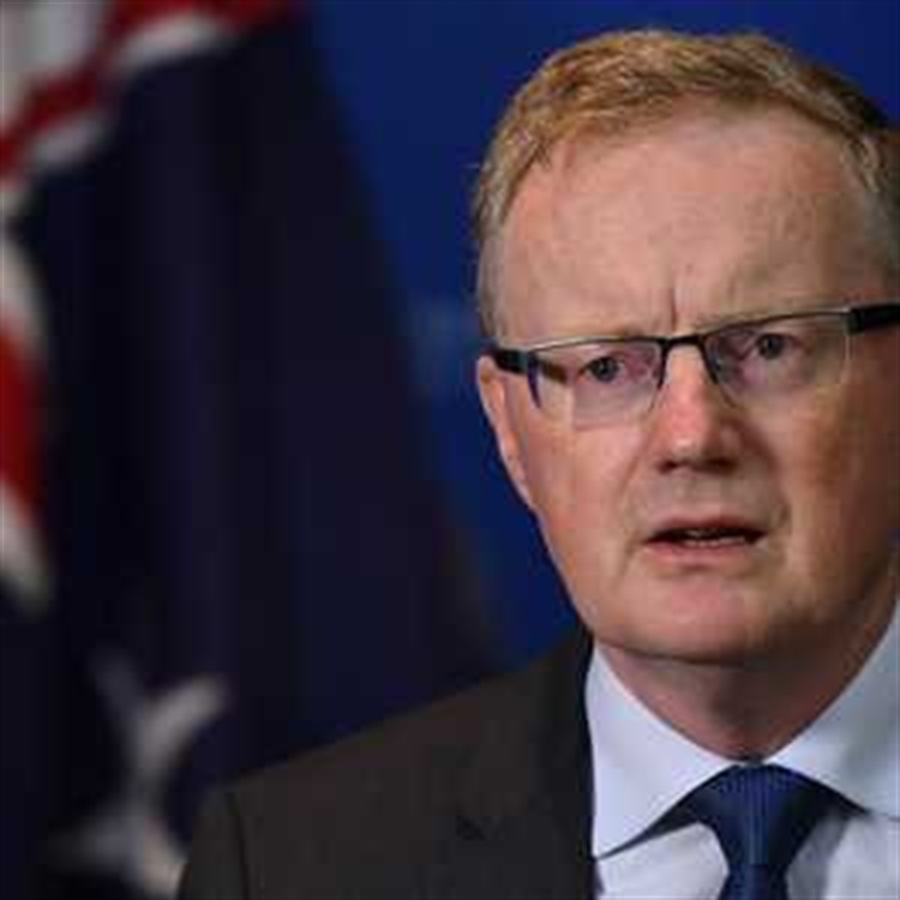Judo Bank / Markit preliminary purchasing managers’ indexes (PMI) for manufacturing and services sector activity in March 2023.
Manufacturing 48.7
- prior 50.5
Services 48.2
- prior 50.7
Composite 48.1
- prior 50.6
From the report
Warren Hogan, Chief Economic Advisor at Judo Bank said:
- The Flash PMI results for March confirm that the economic slowdown that commenced in 2022 is continuing into 2023. The composite output and new orders indexes fell in March to be at the lowest levels since the Delta lockdowns in 2021. The March results are consistent with a soft landing for the Australian economy in 2023 and 2024 as the economy responds to higher interest rates.
- Labour demand continues to ease across both the manufacturing sector and service industries although the employment indexes remain above the 50 level.
- Price indicators continue to ease although they remain elevated. The price indexes are now at the lowest level since early 2021 providing further confirmation that Australian inflation has peaked in late 2022. The price indexes remain well above levels seen prior to the pandemic and suggest that there remains a high level of uncertainty about how far inflation will fall in 2023.
- At this stage it is impossible to say whether inflation will be back at the RBA’s target in a reasonable time frame or not. Of most concern is service industry input prices which remain very high by historical standards with index levels in the mid 60s, and only down modestly from the high point of a year ago. This suggests that both labour costs and energy prices are inflationary and could maintain upward pressure on many prices across the Australian economy in 2023.
- This will be a key concern for the RBA as they prepare to meet in early April. Against a highly uncertain global financial environment many are expecting the RBA to pause the tightening cycle. Recent strong employment numbers and uncertainty over the extent to which inflation will come down in 2023 point to a very close decision at the next RBA Board meeting in early April.
- There are good arguments to pause in April, particularly if recent global financial instability does not settle down. There is also a view that the Board would be more comfortable with a cash rate closer to 4% before sitting back and observing how the economy plays out for a number of months.
Reserve Bank of Australia Governor Lowe.
The next RBA meeting is April 4. After the easy to pick rate hikes of February and March the April meeting is very much live. The argument that the Reserve Bank of Australia should hold due to global banking stress is carrying less and less weight given the Fed, BoE, SNB have all hiked regardless.
This article was originally published by Forexlive.com. Read the original article here.
